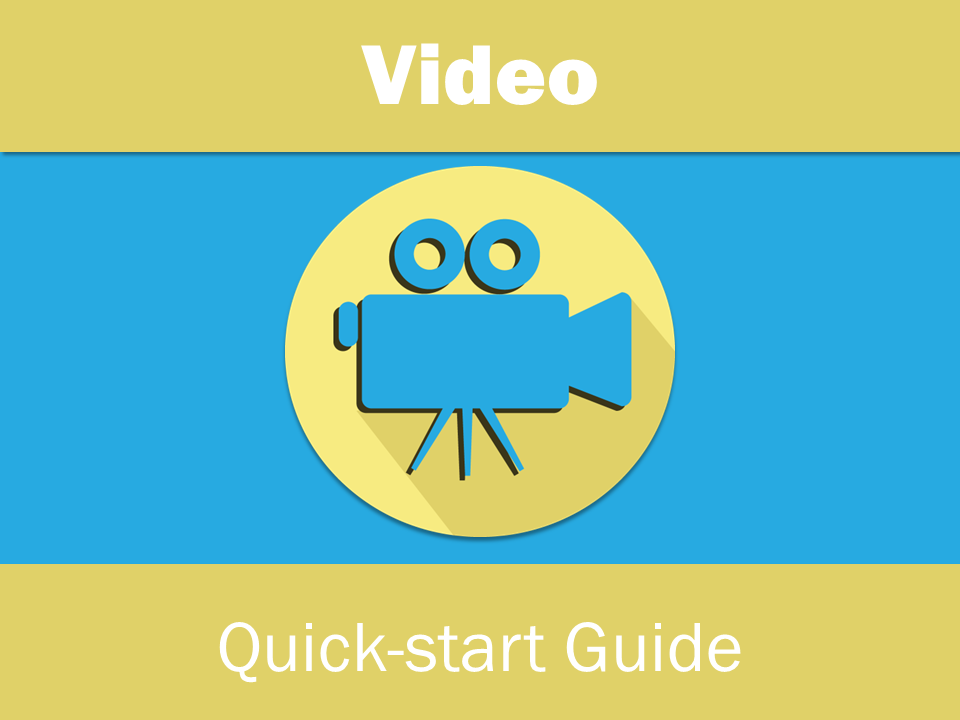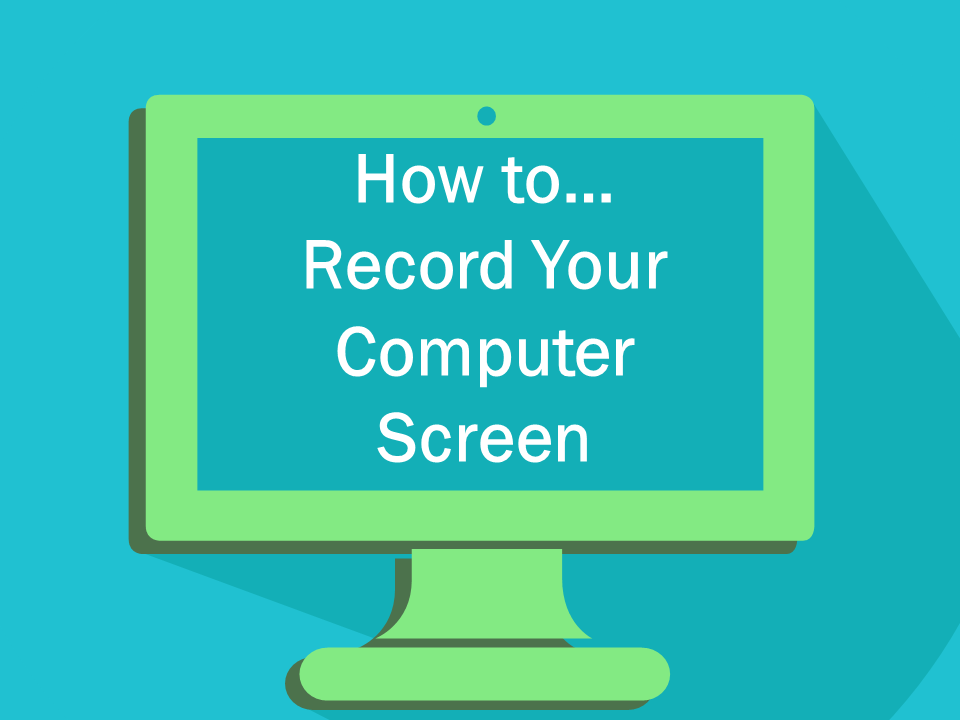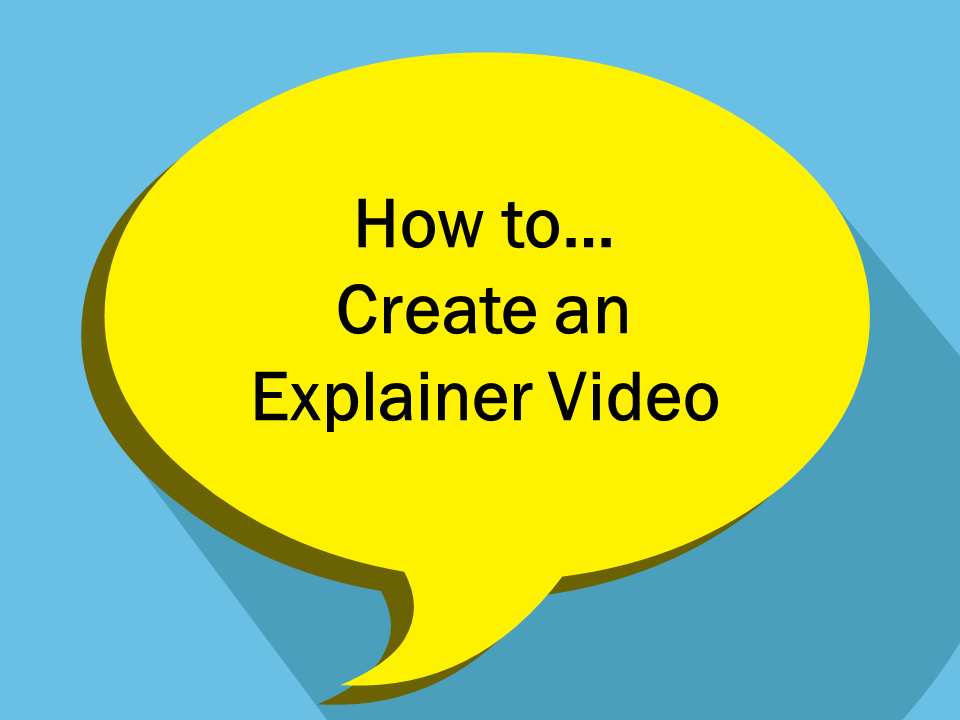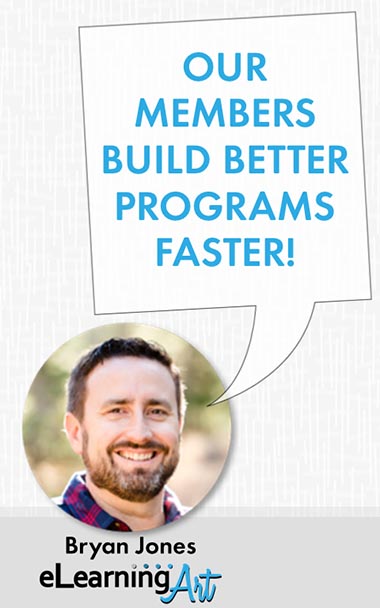Video is the #2 eLearning trend picked by the experts for 2018.
When you think of video, what comes to your mind?
Big-budget Hollywood productions?
Fancy editing software and skills?
Good news…
It doesn’t have to be that way.
According to eLearning video expert Sam Rogers, you can get started today with the tools and skills you already have.
Based on the advice from Sam, I’ll help you launch video in your training programs in under an hour.
And with that said, let’s create our first video together!
1: Learn the basics of video for eLearning
If you’re already familiar with video in eLearning, feel free to skip ahead to step #2…
If you want to learn more, check out this 20 minute video overview interview with Sam Rogers:
Or jump to the video recap notes in Step 3.
2. Pick the type of video you’d like to create!
Here are 3 options for getting started in under an hour:
A: Video interview in using Zoom
This is the method I used to interview Sam in the video above. I outline the process here:
How to create your first video interview in under 1 hour
Video interviews are a great place to start with incorporating video into your training programs.
If fact, in the interview with Sam, he recommended you “record a call with top sales person about top sales technique. You only need 10-15 seconds.”
And the method I outline in the article doesn’t require any special equipment (and the software is free). Here’s the link again:
How to create your first video interview in under 1 hour
If doing a video interview with a human scares you, check out the other two options below.
B: Screen recording tutorial using Camtasia
I’ve recorded hundreds of screencast tutorials. And the best part is, unlike a video interview, no humans are required. 😉
How to record your screen – Quick-start guide
Camtasia has a 30-day free trial, so you don’t need to spend anything to try it out. And I’ll walk you through my exact workflow.
Here’s the link again to the tutorial:
How to record your screen – Quick-start guide
C: Explainer video using VideoScribe
Explainer video software has come really far in the past 5 years. You used to need a motion graphics professional to put something together for you. But now anyone can use the software.
Here’s a tutorial on both the script writing and production of an explainer video:
How to create an explainer video – Quick-start Guide
I even include an explainer video worksheet and script.
Again, there is no cost to try this out. VideoScribe has a free 30-day trial.
Here’s the link to the article again:
How to create an explainer video – Quick-start Guide
3: Take the next steps for video in eLearning
Follow video guru, Sam Rogers here:
Twitter: @snapsynapse
Check him out on TLDCast “Video Fridays”
View good eLearning video examples
Here are the 4 video sources Sam recommends you check out:
- Common Craft explainer videos (Lee LeFever)
- PunkLearning (Mark Lassoff)
- Wistia blog has good videos about video
- Lynda: Has some high production video examples
Check out the recap of the video interview here:
Highlight from the interview:
What is video for eLearning?
Anything that’s moving images (with or without sound). It can be interviews, video scenarios, screen captures, and even text with motion.
What are the benefits of video?
It’s easy to use & ubiquitous. Video is good good for certain things, such as conveying a sequence or process. Also, not only can you show motion, but you can also show EMOTION.
When should you avoid video? Low bandwidth or if a simpler mode could work (e.g. job aid PDF). Also don’t shoot a video when the content is in disagreement… it will be an expensive mistake.
eLearning Video Best Practices:
Getting started tips:
Start doing stuff! (check out the 3 ways below)- Start easy with goal to not suck 😉 For interviews, don’t start with the CEO (you will make mistakes)
Production tips:
Expect the breakdown on time to be: 40% prep, 20% production, 30% post production & administration (getting onto LMS, Sharepoint, etc)
Equipment:
Don’t buy fancy equipment to start. Use a phone until you’ve exhausted all it’s features. Check out SmartPhone cinema top 5 shopping list.
Audio:
Bad sound will make people tune out faster than bad video
Process:
Don’t batch create a bunch of video until you’ve run several things from script, shoot, post, to publish. If you batch early, you’ll create errors in bulk!
Using phone for video:
Use a $5 tripod (shaky-cam is #1 sign of ametuer video). Don’t use pinch-zoom on the phone (use your feet)






